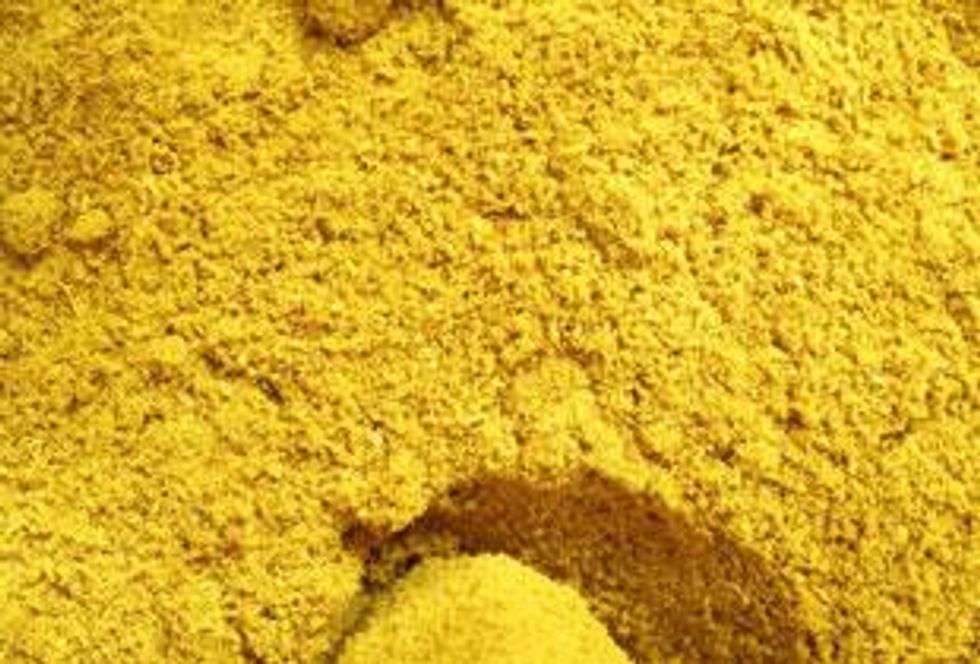- WORLD EDITIONAustraliaNorth AmericaWorld
Investing News NetworkYour trusted source for investing success
Fireweed Metals
Cyclone Metals
Lancaster Resources
Element79 Gold Corp.
- Lithium Outlook
- Oil and Gas Outlook
- Gold Outlook Report
- Uranium Outlook
- Rare Earths Outlook
- All Outlook Reports
- Top Generative AI Stocks
- Top EV Stocks
- Biggest AI Companies
- Biggest Blockchain Stocks
- Biggest Cryptocurrency-mining Stocks
- Biggest Cybersecurity Companies
- Biggest Robotics Companies
- Biggest Social Media Companies
- Biggest Technology ETFs
- Artificial Intellgience ETFs
- Robotics ETFs
- Canadian Cryptocurrency ETFs
- Artificial Intelligence Outlook
- EV Outlook
- Cleantech Outlook
- Crypto Outlook
- Tech Outlook
- All Market Outlook Reports
- Cannabis Weekly Round-Up
- Top Alzheimer's Treatment Stocks
- Top Biotech Stocks
- Top Plant-based Food Stocks
- Biggest Cannabis Stocks
- Biggest Pharma Stocks
- Longevity Stocks to Watch
- Psychedelics Stocks to Watch
- Top Cobalt Stocks
- Small Biotech ETFs to Watch
- Top Life Science ETFs
- Biggest Pharmaceutical ETFs
- Life Science Outlook
- Biotech Outlook
- Cannabis Outlook
- Pharma Outlook
- Psychedelics Outlook
- All Market Outlook Reports
Despite a general feeling of malaise in the equity marketplace, some investors may be reacting to the positive earnings data for some uranium producers.
The price for stock in the uranium company Uranium One (TSX:UUU) has reflected positive market sentiments after reporting strong earnings. It has been a challenging year for most uranium companies, with the ongoing challenges in Japan, the ensuing nuclear policy decisions in Germany, Italy and Japan, as well as the current capital market contraction following fears of European insolvency and the US credit downgrade.
Despite a general feeling of malaise in the equity marketplace, some investors may be reacting to the positive earnings data and also demonstrating confidence in an earlier message from Cameco (TSX:CCO) (NYSE:CCJ) President and Chief Executive Officer Tim Gitzel. In the most recent earnings management discussion and analysis, the company reports “Other countries around the world have now had time to do a preliminary review of their nuclear programs. With very few exceptions, we see these countries continuing their commitment to nuclear energy. India, China, France, Russia, South Korea, the United Kingdom, Canada, the United States, and almost every other country with a nuclear program are maintaining nuclear as a part of their energy mix.”
Within this context and inevitable energy supply deficit, the lower prices that are reflected in the current spot market and the price for uranium mining companies may provide a buying opportunity for some investors. Cameco is anticipating a decline of approximately 3 percent of their previous estimates for global uranium demand for the next decade; however, they are estimating a continued growth rate of about 3 percent annually for uranium.
Higher revenues
For Uranium One, revenue increased 71 percent on a comparative period basis to $112.9 million attributable to a 33 percent increase in production and 33 percent increase in sales. The company further benefited from higher prices for the uranium, with the average realized sales price during the recent quarter at $58 per pound compared to $43 per pound in the former period. With the average spot market price for uranium during the second quarter at $56 per pound, the company has managed to effectively gain a competitive advantage by selling its resource at a premium price point. The market has responded to the strong earnings by sending the stock price for Uranium One more than 10 percent higher to the $3.03 range.
International production update
Kazatomprom reports that the Republic of Kazakhstan increased production of uranium by 9 percent on an annualized basis accounting for 9,148 tonnes of uranium for the first half of the year. The country anticipates that it will extend its position as the world’s largest producer of uranium for the current year with an estimated 10 percent increase in production. In February it was announced that the country would produce 19,600 tonnes of uranium this year, up from the 17,803 tonnes produced in the previous twelve months. Last month the country surfaced as an exploration hotspot following an inter-governmental agreement for cooperation with India and a relatively abundant resource potential for low-cost in situ uranium deposits.
Kazatomprom reports that the total revenue increased by 37 percent compared with the first half of last year. The total income increase is attributed to an increase in the volume of uranium product sales with a 63 percent increase in net profit resulting from additional higher prices on the uranium.
Spot market price declines slightly
With TradeTech reporting a total of seven transactions this week in the spot market the price indicator fell for the second consecutive week to $51.50 per pound. According to the release, transactions were facilitated by a greater willingness from suppliers to lower offer prices in order to attract buyers. Two non-US utilities have entered the market seeking a total of approximately 500 tonnes of uranium. Throughout the week spot market prices demonstrated volatility, but by the end of the period the value had dropped $0.25 per pound of uranium. A list of the buyers included utilities, traders, and financial entities.
Securities Disclosure: I, Dave Brown, hold no direct investment interest in any company mentioned in this article.
Outlook Reports
Featured Energy Investing Stocks
Browse Companies
MARKETS
COMMODITIES
| Commodities | |||
|---|---|---|---|
| Gold | 2344.53 | +0.88 | |
| Silver | 27.94 | +0.01 | |
| Copper | 4.32 | +0.06 | |
| Oil | 85.45 | -0.14 | |
| Heating Oil | 2.68 | +0.02 | |
| Natural Gas | 1.77 | +0.01 | |
Investing News Network websites or approved third-party tools use cookies. Please refer to the cookie policy for collected data, privacy and GDPR compliance. By continuing to browse the site, you agree to our use of cookies.






